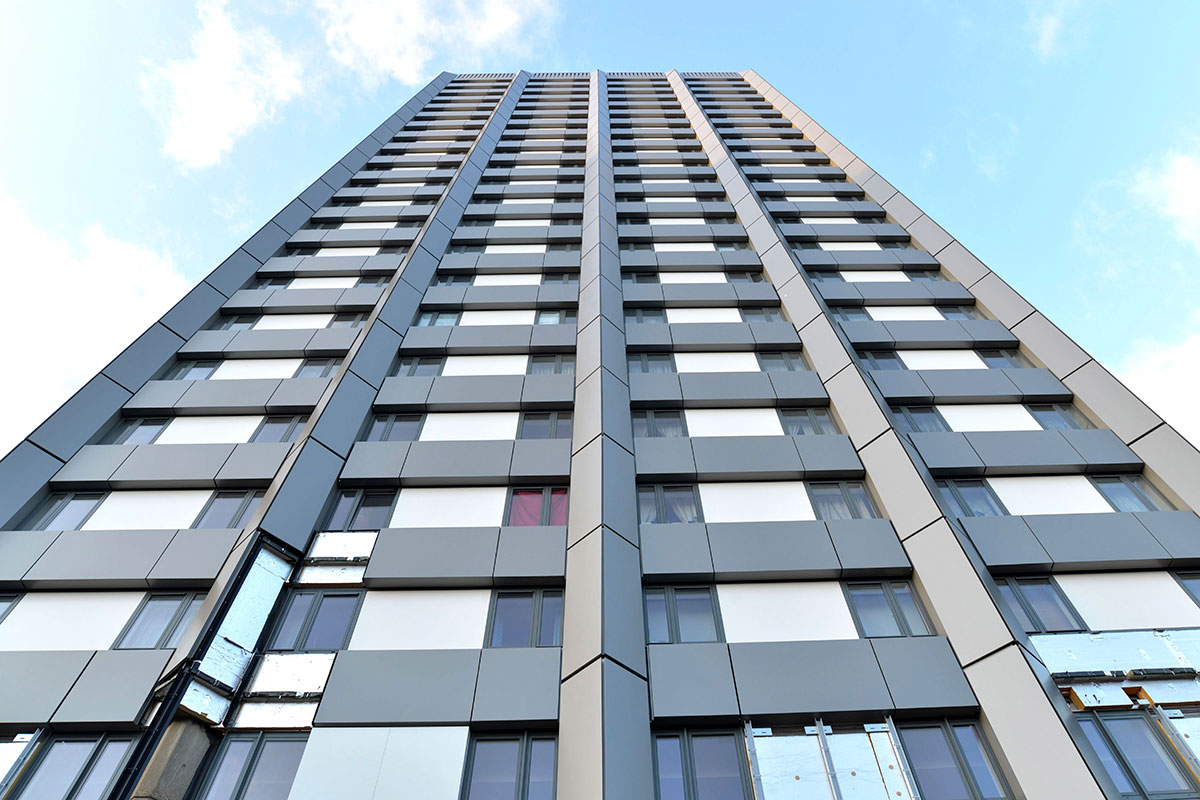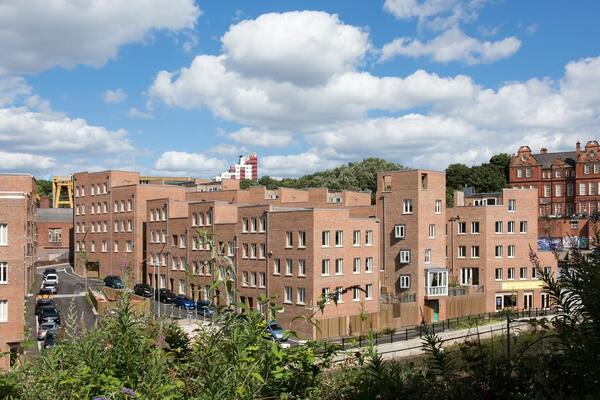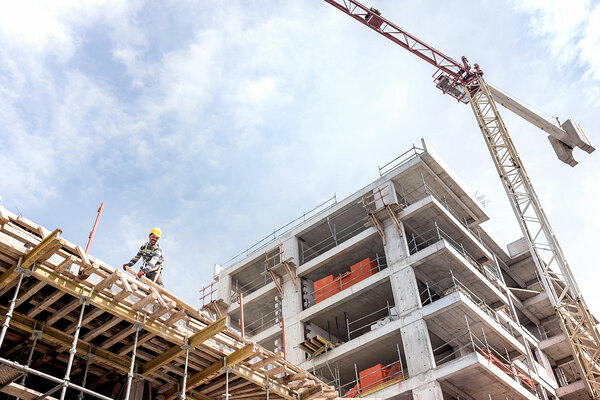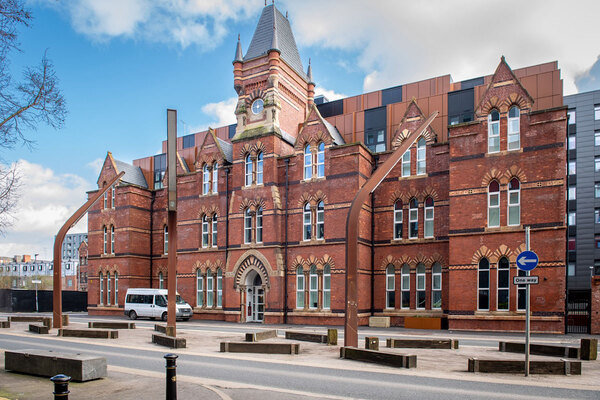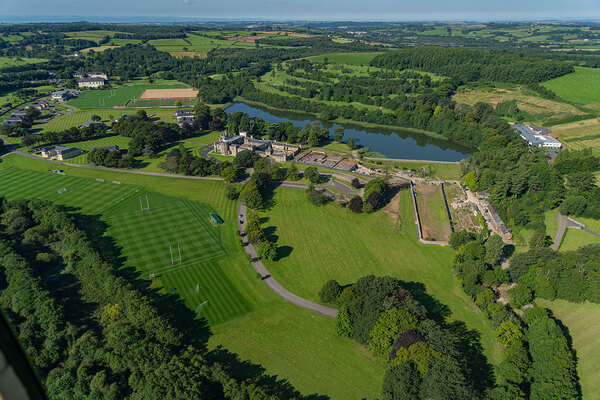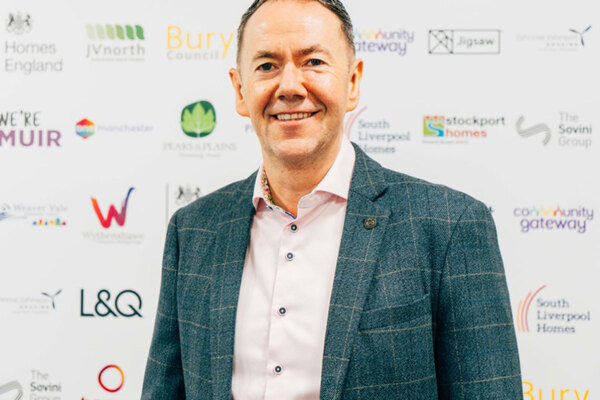You are viewing 1 of your 1 free articles
 Mary Parsons
Mary ParsonsWhy are we still building homes that won’t stand the test of time?
Look at recent national headlines on poor build quality and safety issues, and ask: just how did we get here? Mary Parsons, a commissioner on the Building Better, Building Beautiful Commission, looks at how to avoid building in obsolescence
When my youngest daughter was seven, her teacher asked the class what they wanted to be when they grew up. In among the footballers, nurses, beauticians and astronauts, Meg said she wanted to be an architect, much to her teacher’s surprise. When asked why, she said: “Because if I do my job well, long after I am dead people will still live in what I made and enjoy what I created.”
That was many years ago now. Meg didn’t actually become an architect, but she has retained a passion for places and for understanding how someone’s environment impacts them, their health and their opportunities in life.
This was something that we came across time and time again during our research for the Building Better, Building Beautiful Commission and something I hope is reflected on in our final report. But when, at the launch event, our co-chair Nicholas Boys-Smith put this quote on the screen, it hit me really hard: “Home is not occupied only by us: it is inhabited by the ghosts of our ancestors, and the premonition of children yet to be. Its essence is continuity and it provides the archetype of every experience of peace.”
This was not only because of the sad death just ahead of the launch of our chair Sir Roger Scruton, who wrote these words, but also because of how they captured what seems to have gone so wrong in how we conceive of and deliver homes and places today.
Home is so much more than a roof over our heads. It’s where we put down roots, feel a sense of belonging, and feel safe. A statement of who we are and our place in the world.
Our home isn’t just where we live, it’s how we live. It’s where our children played and we watched them grow. Where we can feel safe when we are old.
Or it should be – irrespective of whether you rent or own your home.
Yet look at the recent headlines every week on poor build quality and safety issues and ask: just how did we get here?
When we look at the tragedy of Grenfell and how “value engineering” has become a cipher for cutting costs, specification, quality and safety, can we pause and think on Sir Roger’s words? Are we building homes that will truly stand the test of time and be an investment for the future? Or merely a fashion statement that will fade and need to be pulled down and built again?
If we thought in these terms, would we really be driven by squeezing an extra couple of square metres out of a bedroom or reducing the build costs by £50 per square metre? Would we not think about the legacy we can leave behind for the future and the lives that our work can help shape for generations to come by the decisions we make today – just as seven-year-old Meg could do?
Are we planning for the future or building obsolescence into new homes from the outset? When we were discussing at one of the commission evidence sessions the lack of flexibility and adaptability of new build homes today, we were challenged by a house builder present that this was not what their customers want. “You have to understand that our average new build customer moves home every seven years. They don’t want adaptability.” Or is it perhaps that the reason that they moved every seven years was because they couldn’t adapt the home that they had?
Housing associations have always had that longer-term view and we need to make sure as our organisations evolve and diversify that we don’t end up knowing “the cost of everything and the value of nothing” – that we don’t chase the quantity of homes and compromise the quality.
Let’s carry on creating homes that you can grow up in, but equally grow old in – and understand why many residents may not want to face demolition on the promise of a new property because, while we may not think it is great, it is their home. ‘Regeneration’ should be a word that brings hope for a better future – not just fear, uncertainty and a feeling of being ignored.
“Are we building homes that will truly stand the test of time and be an investment for the future? Or merely a fashion statement that will fade and need to be pulled down and built again?”
During the commission I have had the chance to see some great developments being built today. Sadly I have also seen some of the worst I have ever known. As we saw on the recent Panorama programme on the conversion of offices to residential through permitted development rights, we have unintentionally ended up creating what have rightly been labelled “21st century slums”.
As the commission acknowledged, and as the Town and Country Planning Association’s (TCPA) Raynsford Review equally evidenced, “there is no beauty in a child having to use a car park as a play area or being housed in a glorified shipping container next to a flyover, on the argument that it is better than nothing”.
The evidence shared with us included flats – I struggle to call them homes – of around 14 sq m. That is a couple of square metres more than a car parking space must be. In that space a mother lives with her children – not by choice, but because she does not have one.
Where will those children play, do their homework or read a book? Bring their friends around? Have the “experience of peace” that Sir Roger described? Yet we sometimes seem surprised that social mobility has gone in reverse in this country. That is why the TCPA has campaigned for, and the commission recommended, that all homes should meet minimum standards for space, amenity and comfort as well as the safety of the people that live there. That really doesn’t seem too much to ask.
The commission made an ambitious set of recommendations across planning, development and government to transform how we deliver homes. It talks frequently of community, legacy and stewardship – three words that are in the DNA of housing associations, a sector that has a valuable role to play in building both better and more beautifully.
Mary Parsons, commissioner, Building Better, Building Beautiful Commission
Sign up for our development and finance newsletter
Already have an account? Click here to manage your newsletters
